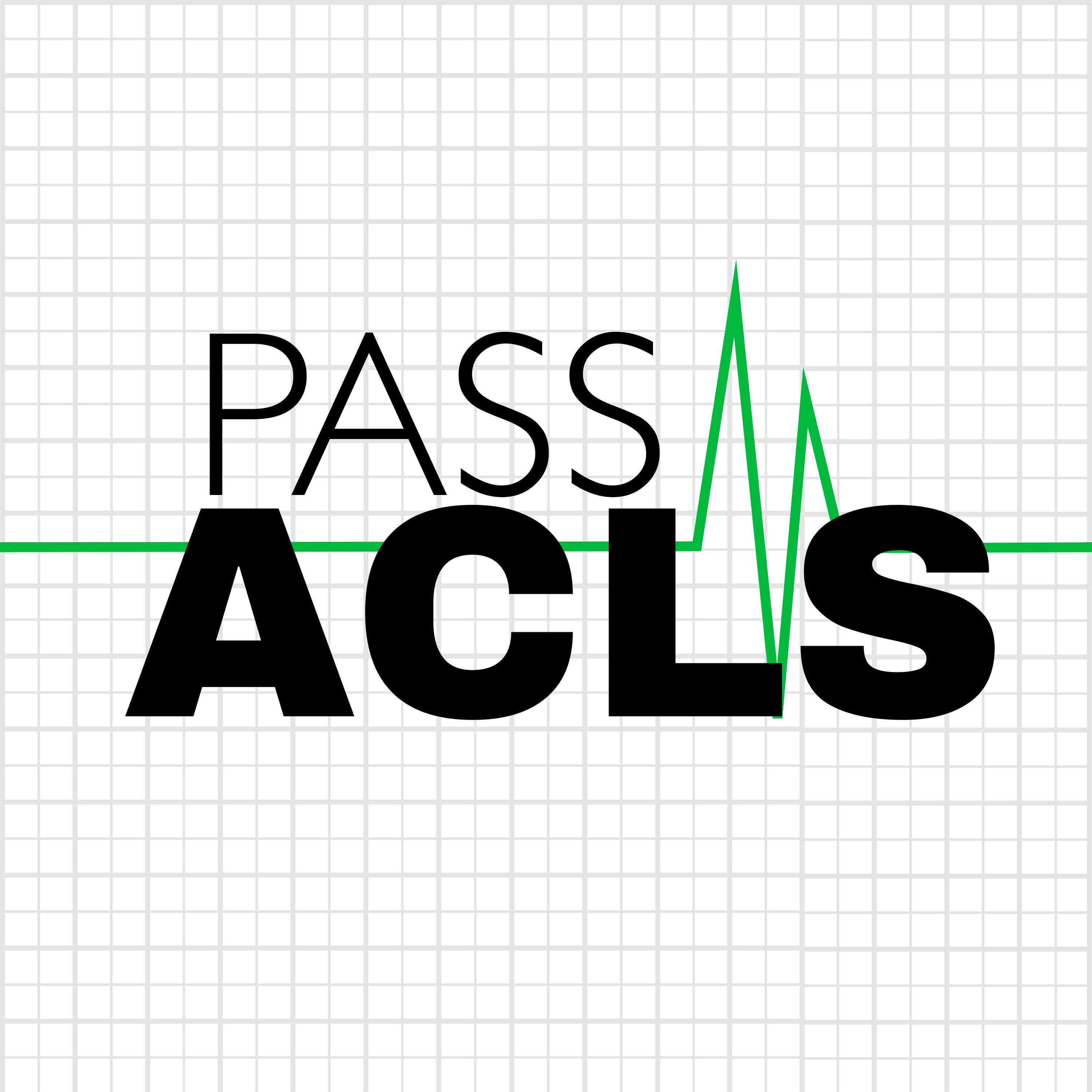Asystole & Pulseless Electrical Activity (PEA)
Description
For apneic patients without a carotid pulse or patients with only gasping/agonal respirations, we will follow the Adult Cardiac Arrest algorithm.
For pulseless patients that the AED doesn't advise a shock, the patient's ECG shows asystole, or a non-perfusing organized rhythm (PEA), we will follow the right side of the Adult Cardiac Arrest algorithm.
Initial steps are aimed at delivery of high-quality CPR to keep the brain and vital organs alive.
Epinephrine administration.
Placement of an advanced airway.
Considering possible reversible H & T causes of cardiac arrest including three common causes of PEA and their emergent interventions.
When we should discontinue resuscitation efforts and call the code.
Connect with me:
Website: https://passacls.com
@PassACLS on X (formally known as Twitter)
@Pass-ACLS-Podcast on LinkedIn
Give back - buy Paul a bubble tea here
Good luck with your ACLS class!
More Episodes
The tongue is the most common airway obstruction in an unconscious patient.
Insertion an oropharyngeal airway helps keep the patient’s tongue from falling to the back of the pharynx, causing an airway obstruction.
The oropharyngeal airway is sometimes called an OPA or simply an oral airway....
Published 05/22/24
Published 05/22/24
Hypoxia is a state of low oxygen levels in the blood.
Determining hypoxia using a pulse oximeter or arterial blood gasses (ABGs).
A goal of ACLS is to recognize signs of hypoxia and provide timely treatment to prevent an arrest.
Examples of some things that might lead us to think of hypoxia...
Published 05/21/24


